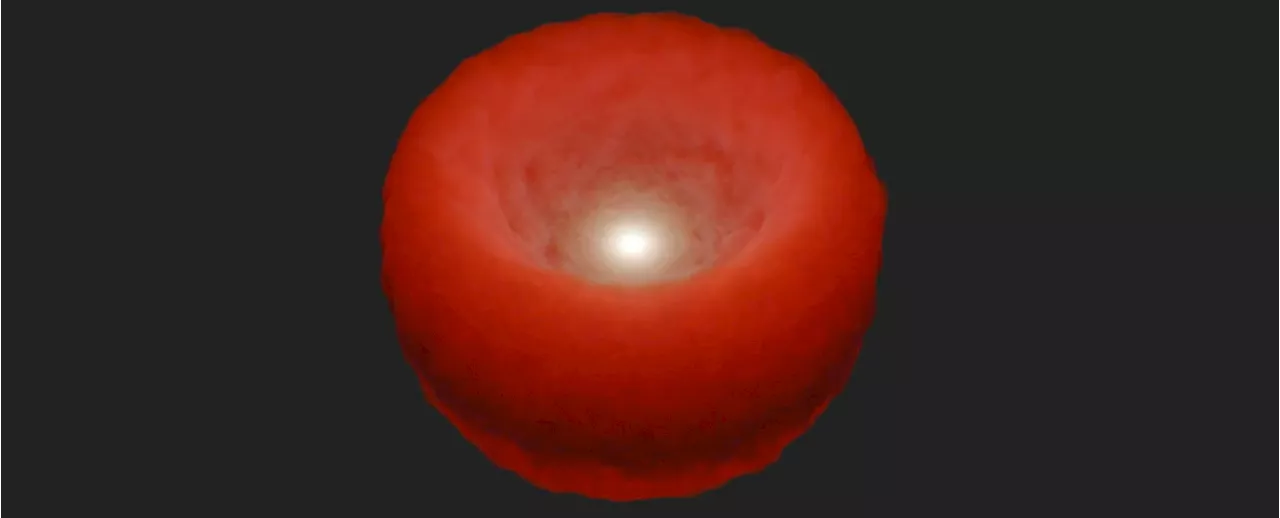NASA satellites, including the Infrared Astronomical Satellite (IRAS) and the Nuclear Spectroscopic Telescope Array (NuSTAR), have been used to study the prevalence of hidden supermassive black holes in galaxies. Analysis suggests that a significant portion of these black holes are obscured by surrounding dust and gas, impacting our understanding of their growth rates and influence on galaxy evolution.
, the majority of which are probably so bloated with the bodies of consumed stars they've sunk to a spot where matter swirls about them like floodwaters around an open drain.accelerates to mindblowing speedsSeen from above or below, supermassive black holes stand out to our telescopes as donuts shining in X-rays. From the edge, however, dust and gas on the very fringes of the glowing torus hides the light, restricting our view of the galaxy's blazing nucleus.
Artist's impression of a supermassive black hole surrounded by gas and dust in four different wavelengths of light. Visible light and low-energy X-rays are blocked by the gas and dust; infrared is scattered and reemitted; and some high-energy X-rays can penetrate the torus. Now researchers have put another NASA satellite to work on the problem. Called the Nuclear Spectroscopic Telescope Array,
"It amazes me how useful IRAS and NuSTAR were for this project, especially despite IRAS being operational over 40 years ago,""I think it shows the legacy value of telescope archives and the benefit of using multiple instruments and wavelengths of light together."
SUPERMASSIVE BLACK HOLES DUST GAS GALAXY EVOLUTION X-RAY OBSERVATORY
United States Latest News, United States Headlines
Similar News:You can also read news stories similar to this one that we have collected from other news sources.
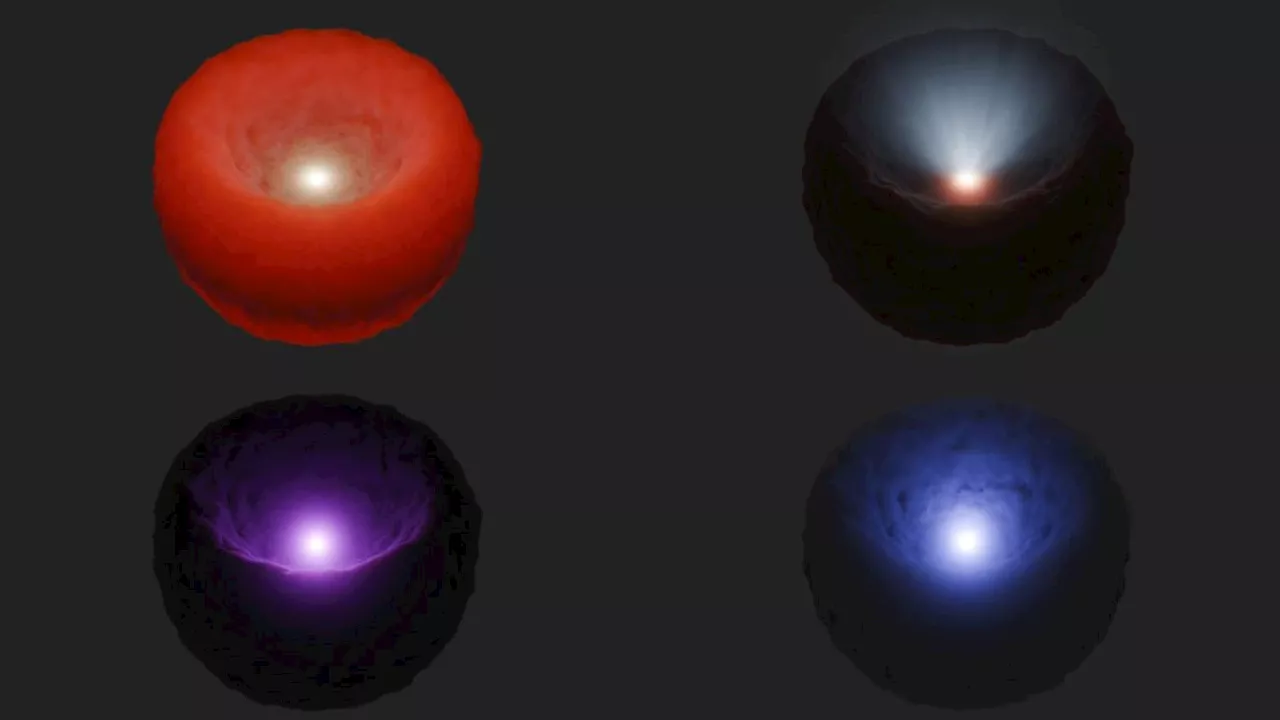 Hidden Supermassive Black Holes: A Deeper LookAstronomers have discovered hundreds of hidden supermassive black holes in the universe, with estimates suggesting trillions more remain undiscovered. These black holes are challenging to detect as they are often obscured by clouds of gas and dust. New research reveals that around 35% of supermassive black holes are hidden in this way, significantly higher than previously thought. Using data from NASA's Infrared Astronomical Satellite (IRAS) and NuSTAR X-ray telescope, scientists have developed a technique to identify these hidden black holes based on their infrared emissions.
Hidden Supermassive Black Holes: A Deeper LookAstronomers have discovered hundreds of hidden supermassive black holes in the universe, with estimates suggesting trillions more remain undiscovered. These black holes are challenging to detect as they are often obscured by clouds of gas and dust. New research reveals that around 35% of supermassive black holes are hidden in this way, significantly higher than previously thought. Using data from NASA's Infrared Astronomical Satellite (IRAS) and NuSTAR X-ray telescope, scientists have developed a technique to identify these hidden black holes based on their infrared emissions.
Read more »
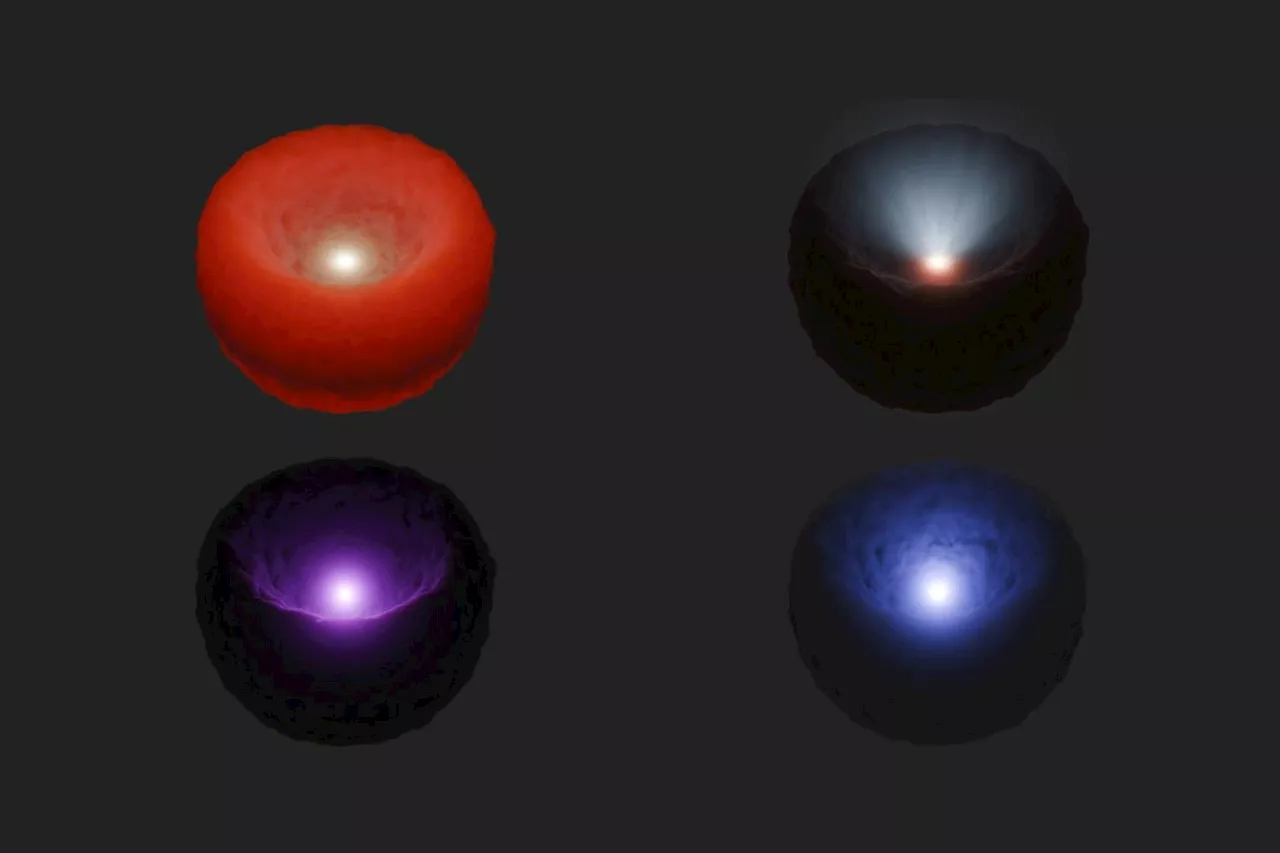 Hidden Supermassive Black Holes May Outnumber Visible OnesA new study suggests that more supermassive black holes exist in the universe than we can currently observe. This is because about 35% of these black holes are obscured by gas and dust, a finding that challenges previous estimates. The research, based on data from NASA's IRAS and NuSTAR observatories, highlights the significant role these hidden giants play in galactic evolution.
Hidden Supermassive Black Holes May Outnumber Visible OnesA new study suggests that more supermassive black holes exist in the universe than we can currently observe. This is because about 35% of these black holes are obscured by gas and dust, a finding that challenges previous estimates. The research, based on data from NASA's IRAS and NuSTAR observatories, highlights the significant role these hidden giants play in galactic evolution.
Read more »
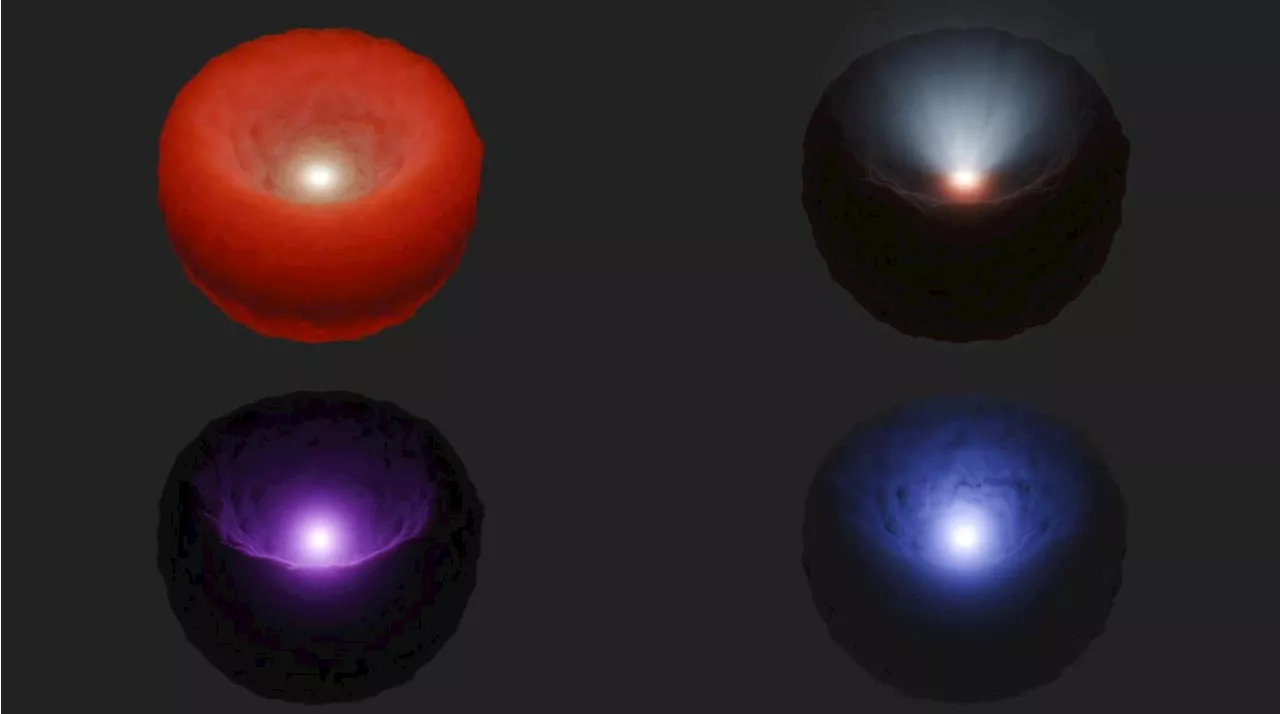 Astronomers Hunt for Hidden Supermassive Black Holes Using Infrared LightSupermassive black holes, trillions of times the mass of our Sun, are often hidden from view by thick clouds of gas and dust. Astronomers are using infrared light to find these hidden giants, looking for glowing donuts of gas and dust called tori that surround them. A new survey using data from multiple NASA telescopes is helping to advance our understanding of these elusive objects.
Astronomers Hunt for Hidden Supermassive Black Holes Using Infrared LightSupermassive black holes, trillions of times the mass of our Sun, are often hidden from view by thick clouds of gas and dust. Astronomers are using infrared light to find these hidden giants, looking for glowing donuts of gas and dust called tori that surround them. A new survey using data from multiple NASA telescopes is helping to advance our understanding of these elusive objects.
Read more »
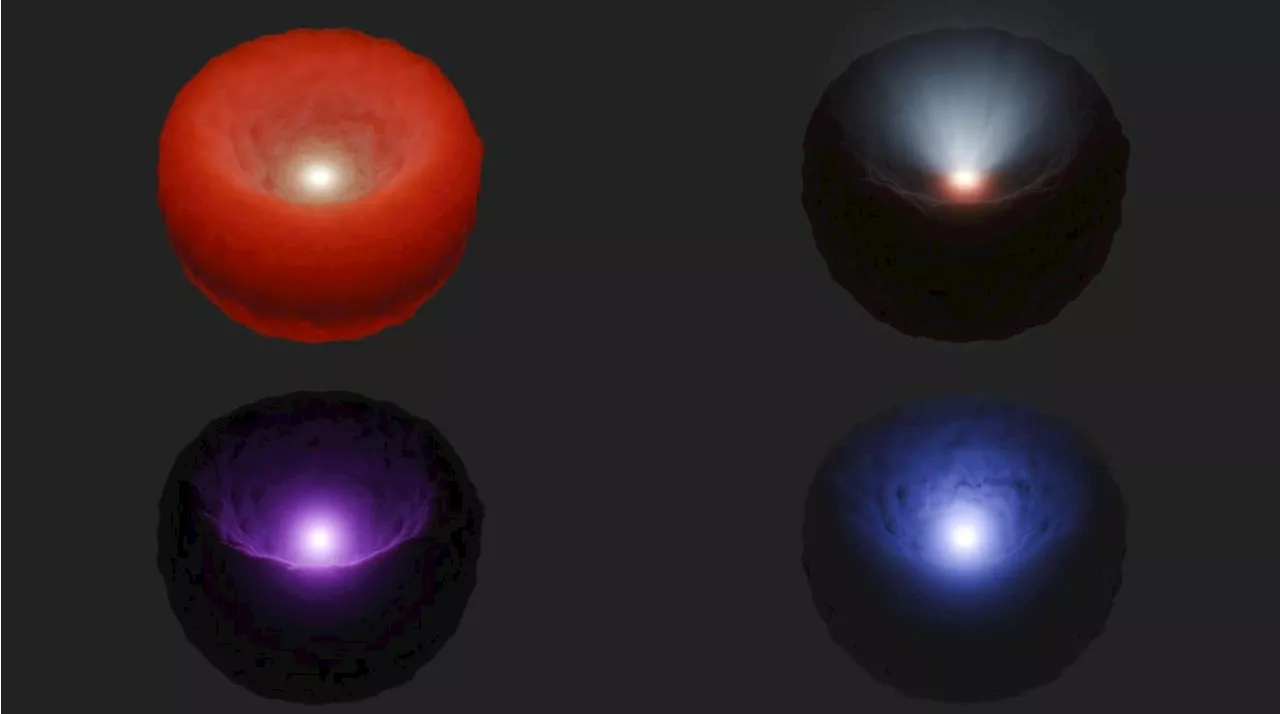 About a Third of Supermassive Black Holes are HidingDo all large galaxies like ours host supermassive black holes? That's hard to determine because so many of them are hidden.
About a Third of Supermassive Black Holes are HidingDo all large galaxies like ours host supermassive black holes? That's hard to determine because so many of them are hidden.
Read more »
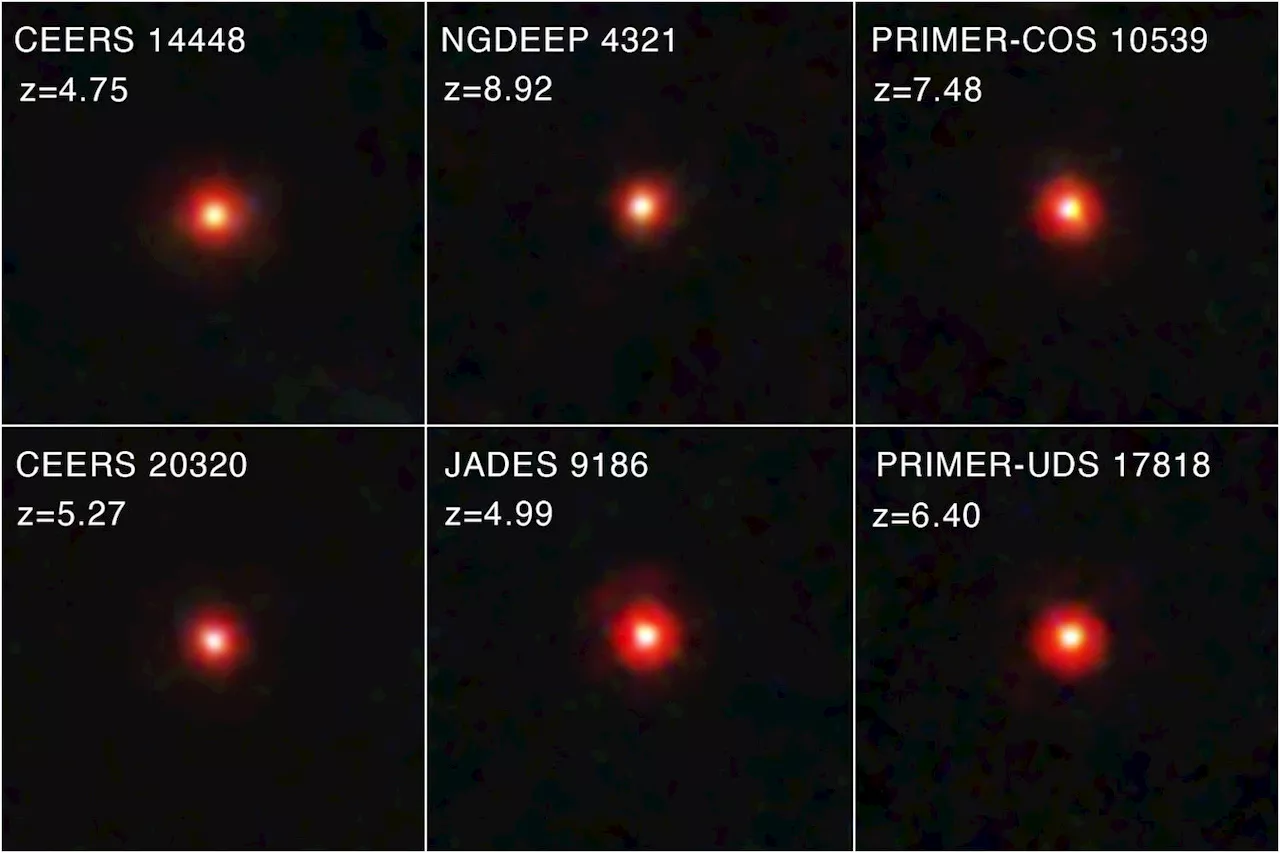 Little Red Dots 'Almost Broke' Cosmology: Scientists Find Evidence for Supermassive Black HolesThe James Webb Space Telescope (JWST) has captured an abundance of 'little red dots', which are proving to be more significant than their name suggests. Astronomers believe these dots are galaxies with supermassive black holes, and their discovery has implications for our understanding of the early universe.
Little Red Dots 'Almost Broke' Cosmology: Scientists Find Evidence for Supermassive Black HolesThe James Webb Space Telescope (JWST) has captured an abundance of 'little red dots', which are proving to be more significant than their name suggests. Astronomers believe these dots are galaxies with supermassive black holes, and their discovery has implications for our understanding of the early universe.
Read more »
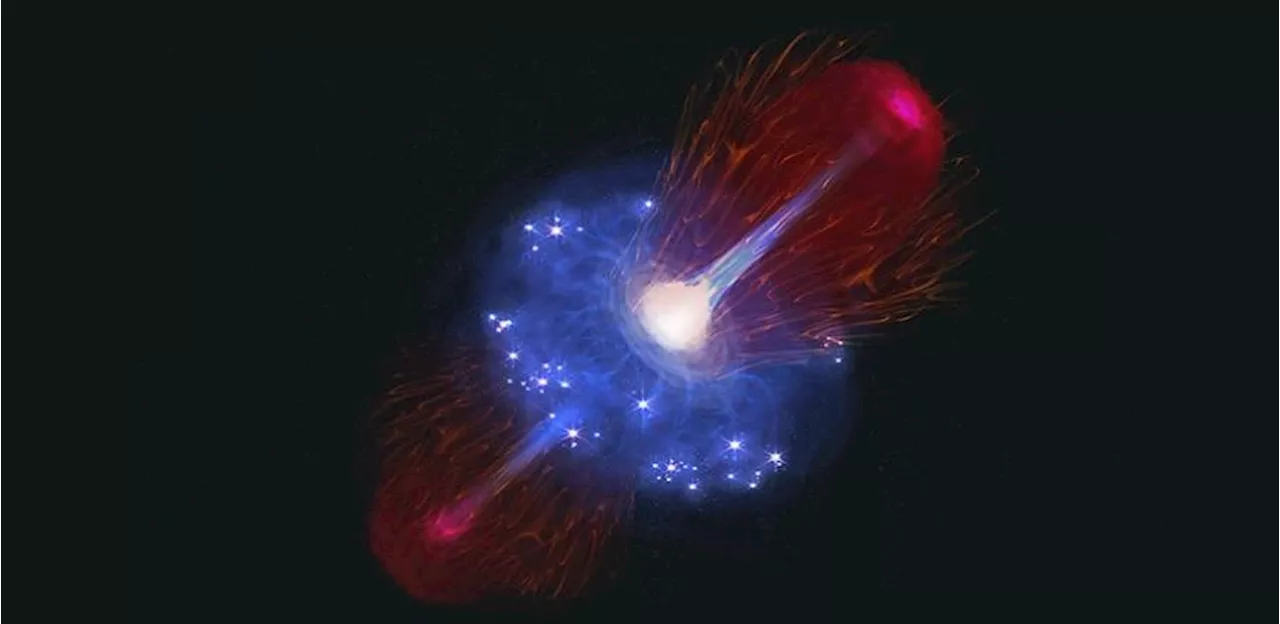 Dormant Supermassive Black Hole Puzzles AstronomersAstronomers using the James Webb Space Telescope have discovered a supermassive black hole (SMBH) that is surprisingly dormant despite its immense size. This black hole, GN-1001830, is growing at an extremely slow rate compared to its mass, posing a puzzle for researchers trying to understand the growth of these colossal objects in the early Universe.
Dormant Supermassive Black Hole Puzzles AstronomersAstronomers using the James Webb Space Telescope have discovered a supermassive black hole (SMBH) that is surprisingly dormant despite its immense size. This black hole, GN-1001830, is growing at an extremely slow rate compared to its mass, posing a puzzle for researchers trying to understand the growth of these colossal objects in the early Universe.
Read more »
